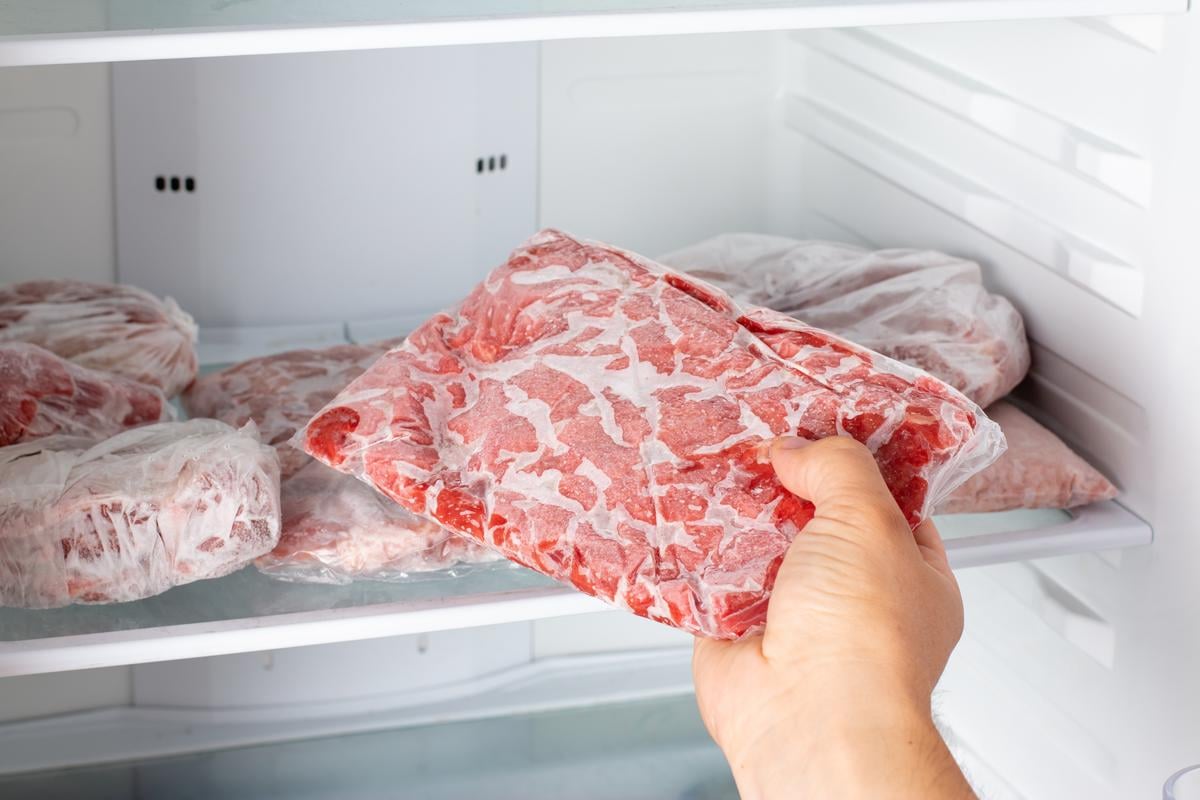
The bounty of the holidays often leads to loads of leftovers landing in the garbage after they go bad.
A freezer can prevent such food waste by preserving edible food for later meals, a new study suggests.
Discarded frozen items make up just 6% of wasted household food in the United States, according to results published recently in the British Food Journal.
That indicates that freezing extra holiday treats and leftovers frequently keep them from being wasted, as people can be relied upon to thaw and eat these items, researchers said.
Freezing food was associated with less food winding up in the trash, even though overall food waste remained high, researchers said.
“We found that households with home freezing behaviors are more likely to have less food waste than other households,” lead researcher Lei Xu, a postdoctoral scholar specializing in agricultural and food economics at Ohio State University, said in a news release from the college.
“Food waste is not just an economic loss – it also causes environmental damage because more than 90% of wasted food goes to the landfill, and this can produce greenhouse gas emissions,” Xu said.
“The findings suggest that in the future, if we can encourage households to have home freezing behaviors, this small change in food storage habits can have a large environmental impact.”
For the study, researchers analyzed data from a U.S. National Household Food Waste Tracking Survey conducted in summer 2022. Nearly 1,100 households were surveyed.
Frequent home freezing appears to contribute to significantly less total food waste, results show.
People most likely to freeze food for later tended to be middle-aged or older and living in a home with three or more people.
That might mean that consumers likely to freeze foods are more experienced at managing meals for a group and more motivated to avoid food waste, researchers said.
Interestingly, about 30% of wasted frozen food was discarded from the refrigerator rather than the freezer, results show.
“Thinking about why that happens, it might mean they don’t understand food storage techniques and don’t understand how long they should keep certain foods and where they should put it,” Xu said. “This suggests more explicit food storage instructions on food labels could educate consumers about how to correctly store foods to reduce waste.”
About 85% of U.S. households buy frozen foods. Among those, 55% said they buy frozen food to reduce waste.
People who buy frozen food tend to grocery shop only two or three times a month, and are more likely to make under $50,000 a year.
Frozen foods most likely to be discarded were meat (20% of total frozen food waste), vegetables (22%), and potatoes and grains (15% each).
Better consumer education about how to freeze and save food could help address food insecurity, which occurs in about 10% of U.S. households, researchers said.
“Half of consumers buy frozen food to reduce waste. What about the other half?” Xu said.
“We want to increase social awareness of how to save food, and explain how people use frozen food and home freezing techniques to save food,” Xu continued. “And freezing is one of the most accessible techniques because essentially all households have a refrigerator and freezer.”
More information
Feed America has more about food security in the United States.
SOURCE: Ohio State University, news release, Dec. 23, 2024
Source: HealthDay
Copyright © 2025 HealthDay. All rights reserved.

Leave a Reply